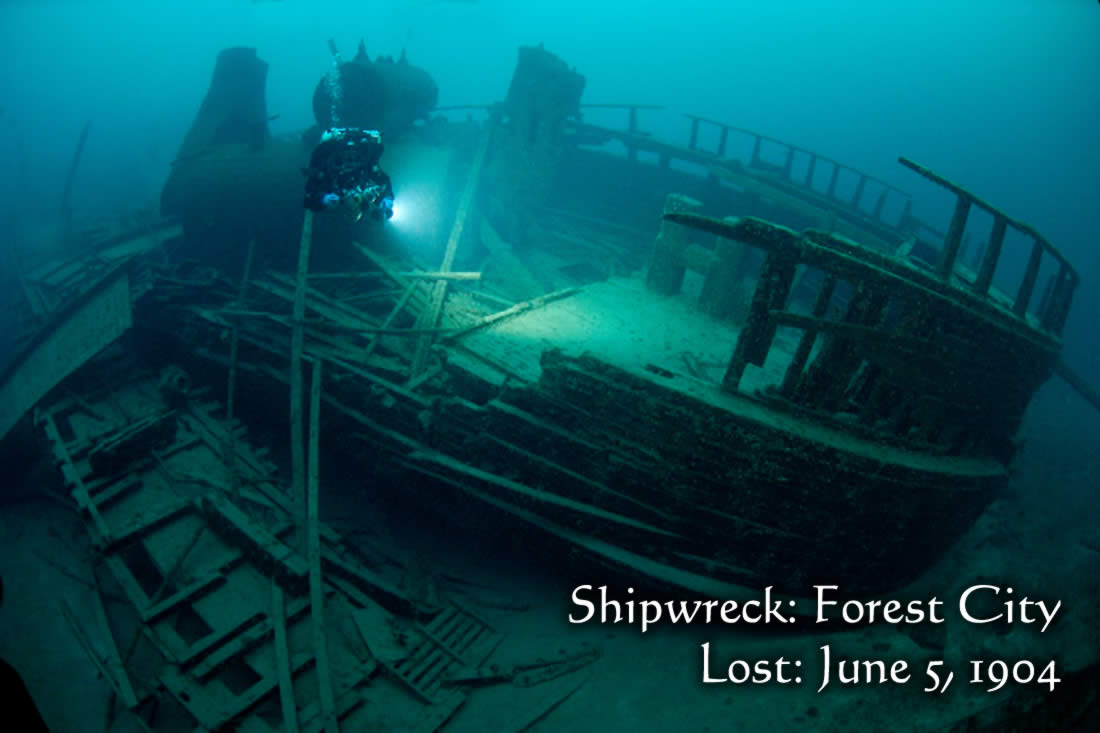Clearview® Performance Systems brings you ...  ® ... a Culture of Results & Engagement®
® ... a Culture of Results & Engagement®
Clearview® Performance Systems brings you ...  ® ... a Culture of Results & Engagement®
® ... a Culture of Results & Engagement®
Here's the next in our series of weekly managerial TIPS (Techniques, Insights, and Practical Solutions)
to help you better engage your team in the activities that lead to higher performance.
CORE Bites Issue #108
(January 19, 2021)

If you've been reading CORE Bites for a while, or if you've attended any of my training programs or keynote speeches, you'll know that I'm a big believer in the power of metaphors. So, if you're continually striving to be a better leader, I believe today's metaphor will be very relevant ...
My childhood hero was discovered in a fairly innocuous way when I was about seven years old. My parents bought me a book written by Jacques Cousteau, the co-inventor of the Aqua-Lung (the equipment used for what we now know as scuba diving). This book was filled with stunning photographs—as I turned each page I was exploring regions on the planet very few people ever get to see. While I was enamored by all the beautiful coral reefs, fascinating fish, and underwater caves, what really got my attention were the shipwrecks. Yes! Pirates ... adventure ... intrigue ... treasure! (Hey ... I was only 7 years old!)
But what started out as a simple childhood interest evolved into a passion as I grew up. I was certified in scuba at fifteen years of age and, since then, I've done dives all over the world, with a large percentage of them dedicated to—you guessed it—shipwrecks.
"But what," you're probably wondering, "do shipwrecks have to do with an article on leadership?" A great deal! Here's why ...
During one particularly interesting dive, while studying the remains of a ship lying at the bottom at about 120 feet, I had a sudden—and profound—realization. Here on the ocean floor—in essence, what I'd been treating for years as a playground for my recreational pleasure—was, in fact, the remnants of a disaster! It was a place where lives had been lost, families had been torn apart, and businesses had struggled (or failed altogether) because their source of revenue now lay on the bottom of the bay or ocean.
This sobering realization immediately changed how I viewed diving as a hobby and became the impetus to learn more about these ships and, especially, the circumstances leading to their demise.
It was during this journey into the charts and history books that I discovered many interesting parallels between the factors contributing to a ship's sinking and leadership and what's needed today to keep an organization 'afloat' (sustainable growth), capable of reaching its desired 'safe harbor' (excellent results), in spite of turbulent seas and inclement weather (change, competition, economic disruption, pandemics, etc.). The parallels I discovered can be summarized in a simple - yet powerful - phrase:
When a Ship Misses the Harbor, It's Rarely the Harbor's Fault!®
In the HVAs that follow are just a few of the contributing factors found in my research and the corresponding parallels to what contemporary leaders need to focus on to ensure their teams always find a safe harbor.
In society and in business there are many modern-day 'shipwrecks' that can be tied directly to the lack of leadership. One of the ways we grow is by learning from the mistakes of others—in essence, learning from 'history' can make us better leaders for tomorrow. Each of the HVAs I've listed should be looked at separately to determine how you might incorporate these learnings into your leadership approach.
I'd love to hear how these HVAs work for you!
Neil Dempster, PhD, MBA
RESULTant™ and Behavioral Engineer
"The only safe ship in a storm is leadership."
— Faye Wattleton —
